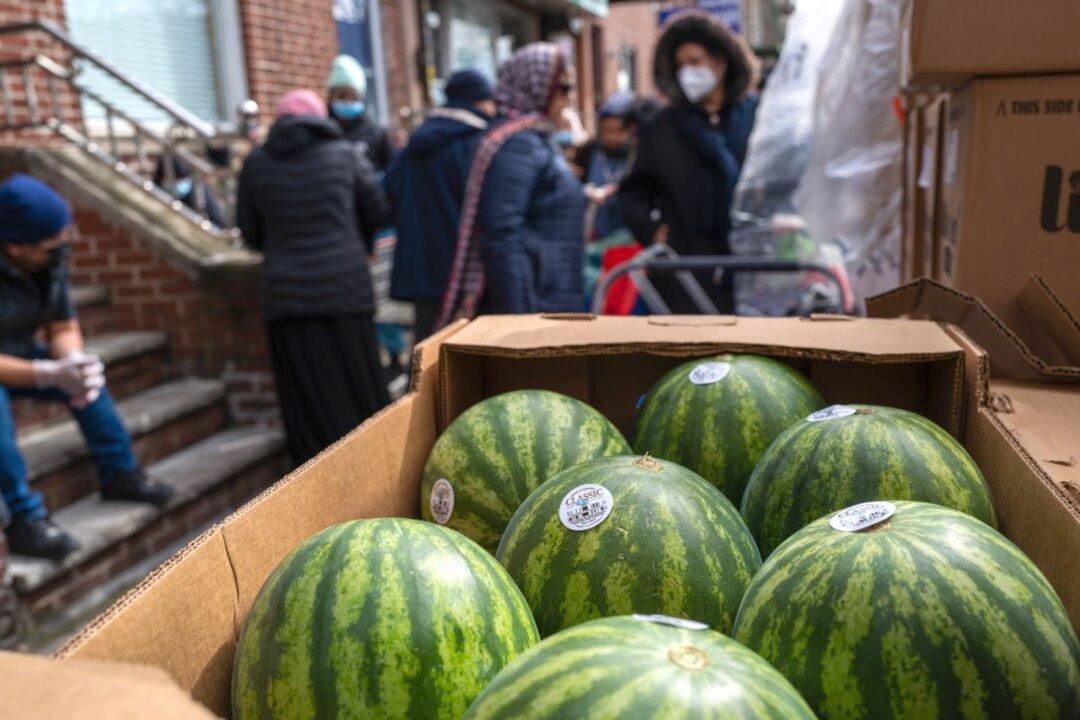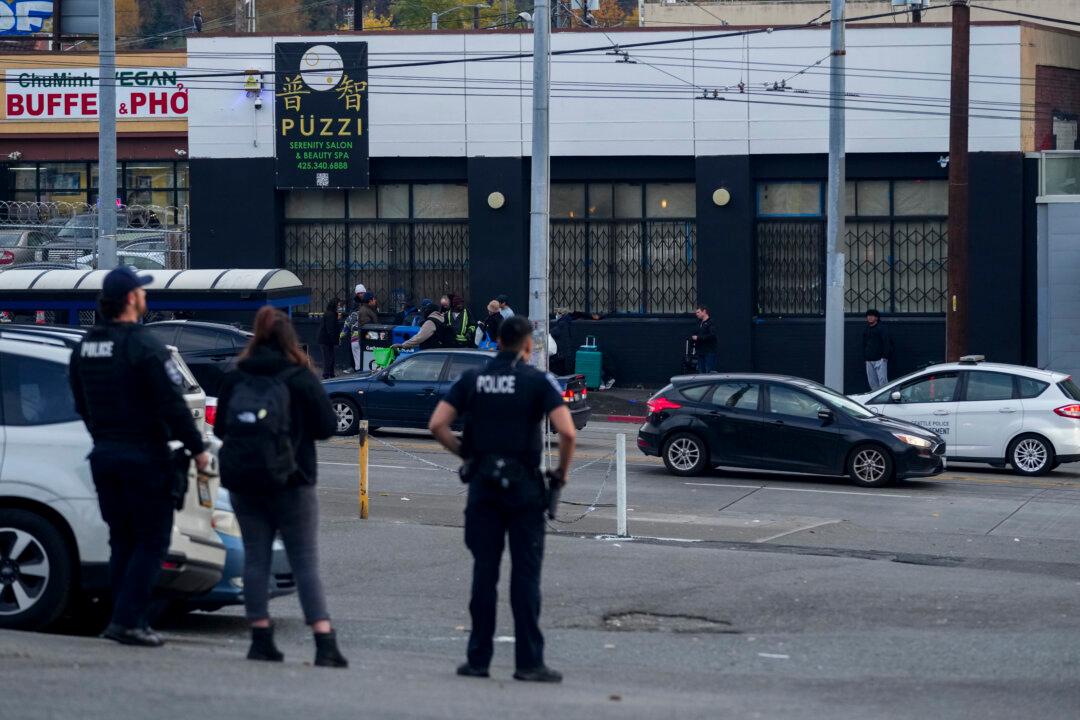More than 50 percent of New York City residents either live in poverty or are low-income and likely face challenges in covering basic living costs, a new report from the city’s largest anti-poverty organization Robin Hood has found.
The number of people living in poverty across the city grew from 1.5 million to 2 million between 2021 and 2022, according to the non-profit’s annual Poverty Tracker report released on Feb. 21.





